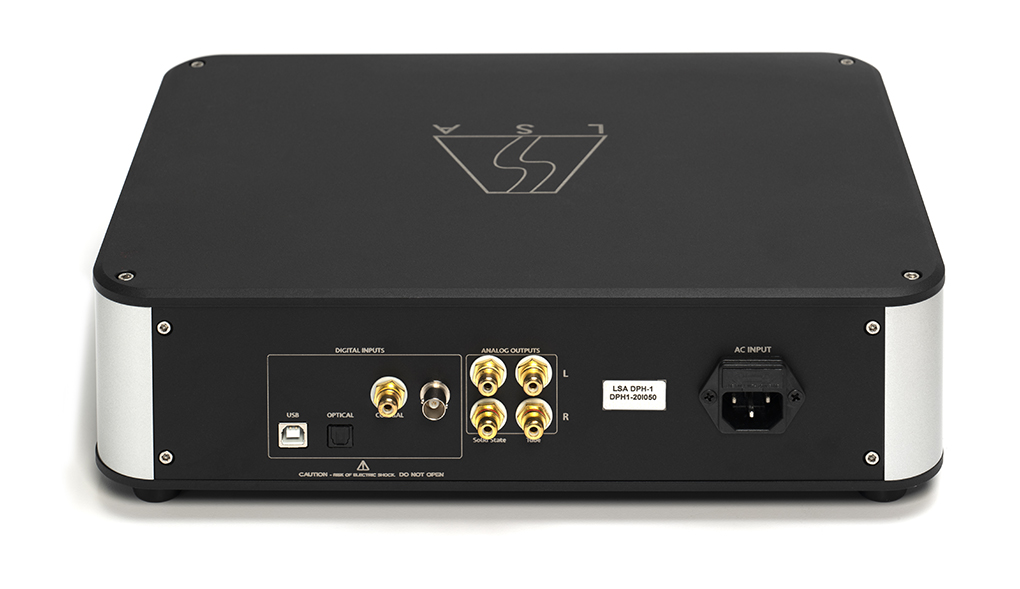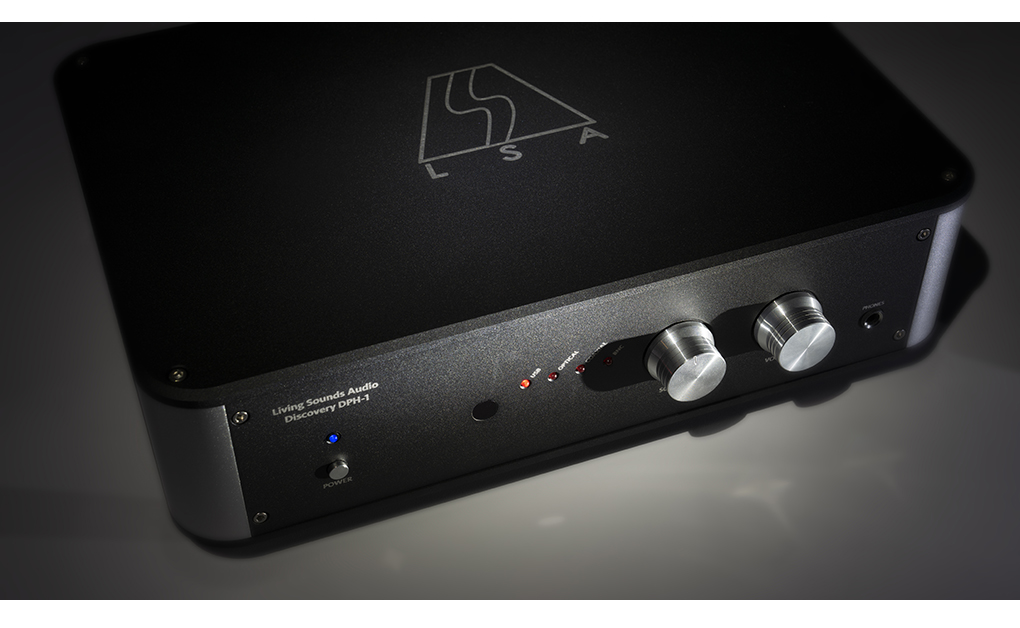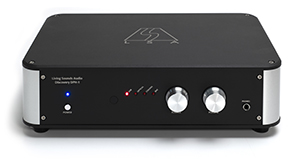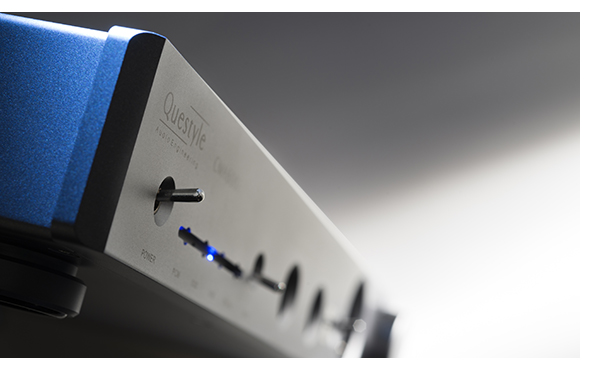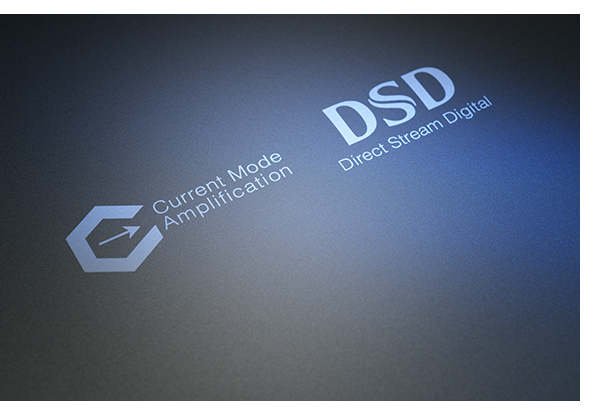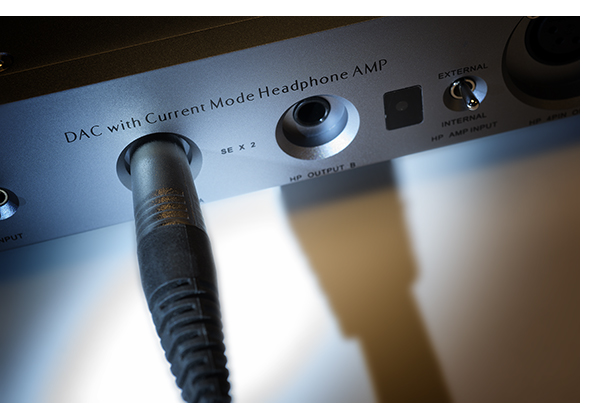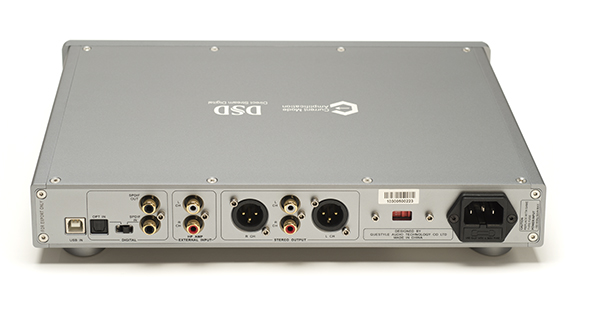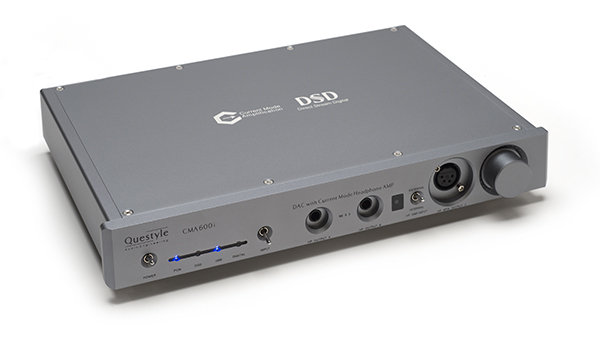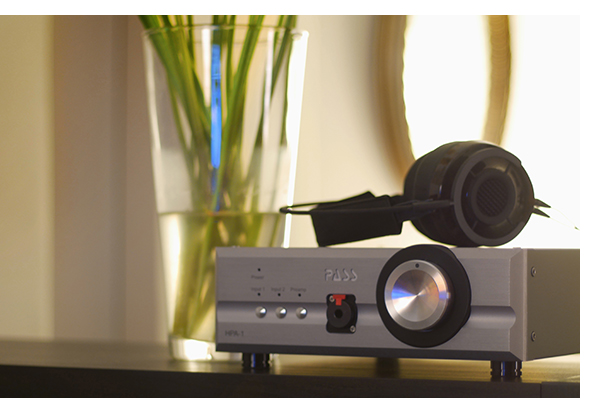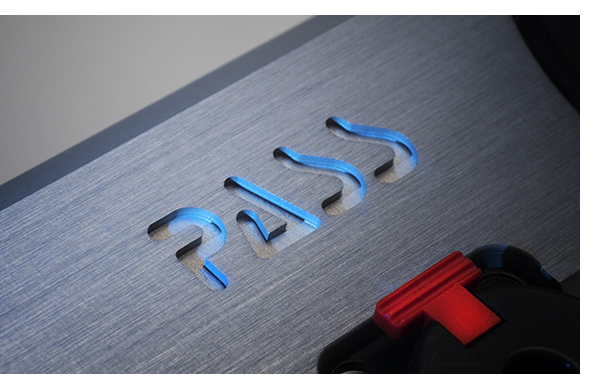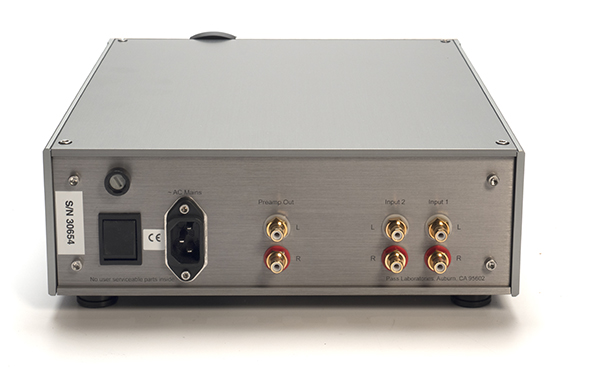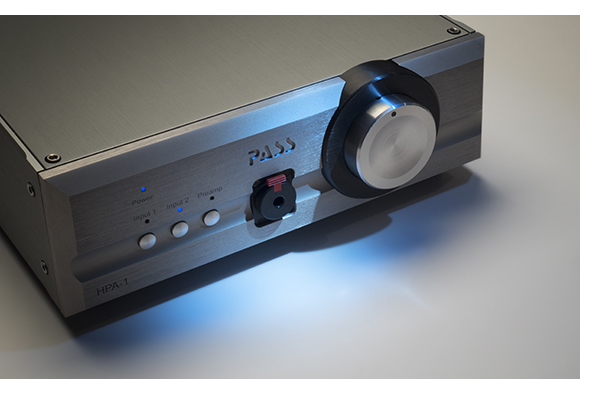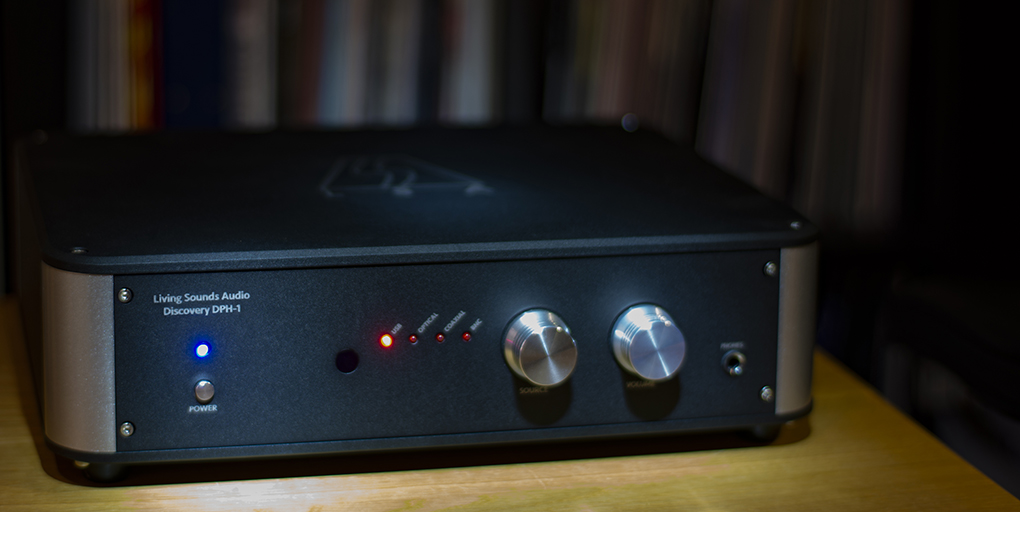 I love discovering reasonably priced products, squarely aimed at bringing great sound to more people, and new people to our wacky world of audio.
I love discovering reasonably priced products, squarely aimed at bringing great sound to more people, and new people to our wacky world of audio.
Underwood HiFi scores big time with their new LSA DPH-1 headphone amplifier, which also has an onboard high-res (does DSD too) DAC featuring four inputs. LSA makes use of the AKM 4495 DAC chips and AK-4118 digital input receiver, for those wanting to know… I say, “implementation,” and in this case, they’ve done a fantastic job.
Right now, in typical Underwood fashion, they are running an introductory special and moving these babies for the holiday season at $799, instead of the $999 they will be asking at some point. Even at $999, this would be a great deal – let’s investigate a little further.
If the DPH-1 were only a headphone amp at $999 it would still be great. The DAC is a true bonus, and it makes the DPH-1 fantastic for personal listening, desk side or bed side. It’s small (14” x 10” x 4”) footprint makes it easy to integrate anywhere.
Ins and outs
Around the back, there are four digital inputs – USB, optical, coax and BNC. Personally, I like the BNC as I have a vintage Wadia transport, which I pulled out of mothballs to give the DPH-1 a spin. Interestingly, you’ll notice a pair of RCA analog outputs marked “Tube” and “Solid-State.” This is really cool and gives you more options, should you decide to use your DPH-1 as a line preamplifier. And if you happen to be a digital only music lover, the DPH-1 is all you need.
The tube output runs the DAC’s output through a tube buffer, featuring a “NOS tube from GE.” Turns out this tube is an ex-military issue item that is very similar to the legendary Western Electric 396A tube. Those of you that aren’t tube geeks: plugging your power amplifier into the tube output will give you a slightly warmer, more tonally saturated presentation. This is super awesome option for those of you running a solid-state or class D amp, and it works miracles on budget amps too! Consequently, the solid-state outputs add a little extra dynamic slam to your favorite tube amp.
You can even run both the tube and solid-state outputs into your integrated amp or preamp and switch sonic characteristics on the fly. It’s like having two separate DAC’s in one box. Or, as we do with our reference DAC here, if space allows, or you have systems in adjoining rooms, you can run both systems from the same DAC. Very versatile indeed.
That being said, mating the DPH-1 to a vintage (but tastefully rebuilt) Dynaco Stereo 70 and the LSA-10 Signature speakers was absolutely heavenly. Either way, the ability to fine tune your system to taste is cool, especially at this price.
Getting personal
Running through the gaggle of headphones on hand, from the $3,000 Focal Stellia to my Grado SR-60s, the DPH-1 delivers an excellent experience. The amplifier does a great job driving everything, and has particularly good control in the lower registers. Zooming through some vintage Little Feat tracks, particularly “Romance Dance,” from The Last Record Album, reveals the DPH-1s ability to control a pair of headphone drivers and deliver a convincing musical foundation. Next up, the Bell Biv Devoe classic, “Poison.” If I was listening on a 2-channel system, I’d be blowing the doors down with bass – and as it was, I caught myself turning the volume down, because the distortion free playback this amp provides might tempt you to turn it up too loud. So, watch the volume.
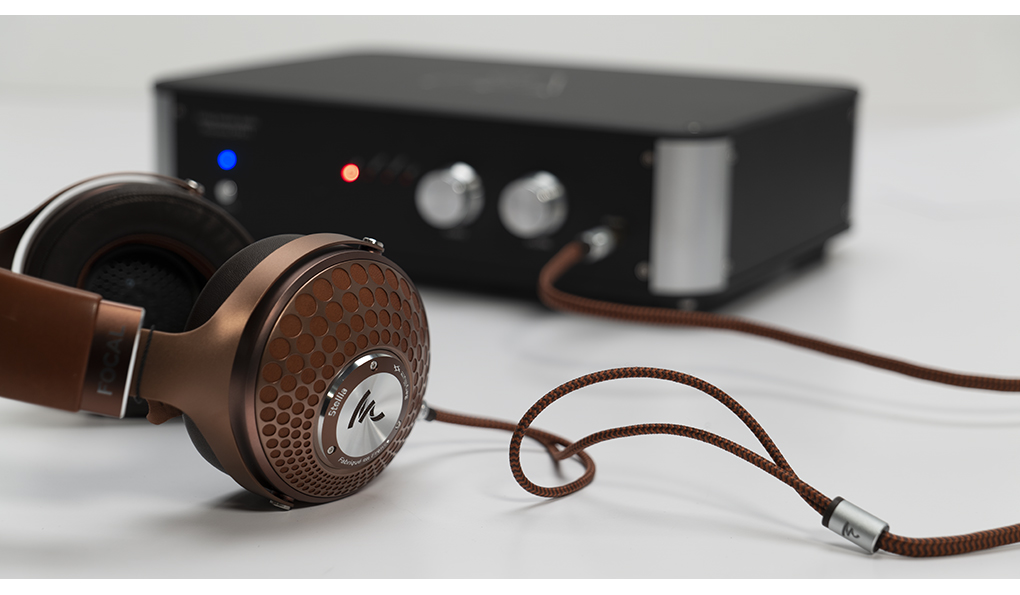 After a solid sampling of phones, the bulk of our test listening was done with the Focals, showing off just how good this amp is. Regardless of where you are on your headphone journey, you’ll be able to move up from wherever you are to some pretty premium phones without worry. That’s value.
After a solid sampling of phones, the bulk of our test listening was done with the Focals, showing off just how good this amp is. Regardless of where you are on your headphone journey, you’ll be able to move up from wherever you are to some pretty premium phones without worry. That’s value.
Bass is not the only dimension at which the DPH-1 excels. Joni Mitchell just released her Archives – Vol. 1: The Early Years (1963-1967), and this set handily shows the inner detail, definition and upper range smoothness this amplifier offers. Joni Mitchell’s voice is a tough one to nail down – almost like a violin, when it’s wrong, it’s harsh and shriek-y, but when it’s right, it’s dreamy. We’ll happily put the DPH-1 in the dreamy category here, and this lead us to some of the tracks on Lyle Mays self-titled debut album. Nailing the tonality of a piano is similar in degree of difficulty, and again the DPH-1 sails through.
There’s a sign on one of my neighbor’s lawns that says “Presidents come and go, but Wu-Tang is forever.” Point taken, so on the way back from my morning coffee, I had to fire up some Wu-Tang. In their honor, I cranked up “Method Man” as the six-shot mocha took hold. Good stuff.
The DAC section of the DPH-1 does its job without fanfare, as it should be. We tried all four inputs, and were pleased each time, using our Wadia transport for the BNC input, an OPPO 105 (yep, still got one) for the coax input, a MacBook Pro for the USB input and our faithful Sony ES changer from the garage system to evaluate the optical input. Suffice to say, whatever you have, the DPH-1 will accommodate it, and the higher resolution capabilities this DAC provides easily illuminates the additional resolution that high res formats have to offer. Good as it is with high res, the DPH-1 does not compromise 16/44 playback in any way.
Putting the DPH-1 in the context of a nice two-channel system makes for a great, compact music system, requiring minimal rack space to rock. Whether you buy a DPH-1 as a headphone amplifier, or as an anchor to a digital two channel system with a pair of speakers – you’ll be happy wherever your journey begins.
LSA has followed the aesthetic vibe started with their other components, and the DPH-1 is nicely finished, but not overly ostentatious. It feels good when you unbox and pick it up, and it looks great on your rack. Its basic functionality (volume control, input selector, and headphone jack) makes it easy to use. Fortunately, the power supply is built in, so there’s no external power supply to lose or deal with. A big plus.
By using casework like other LSA products, they keep the cost down. When you’re investigating components in this price range, it’s nice to see a manufacturer stick to basics, striking a balance with a product that sounds great, and has the looks to back it up without going overboard.
Add it all up and LSAs DPH-1 is a fantastic DAC/Headphone amp. If I didn’t spin records, I could easily live with it as my main two-channel preamp and build a great system around it featuring speakers. It ticks all the boxes – easy to use, reasonable price, and sounds fantastic. What else do you need?



